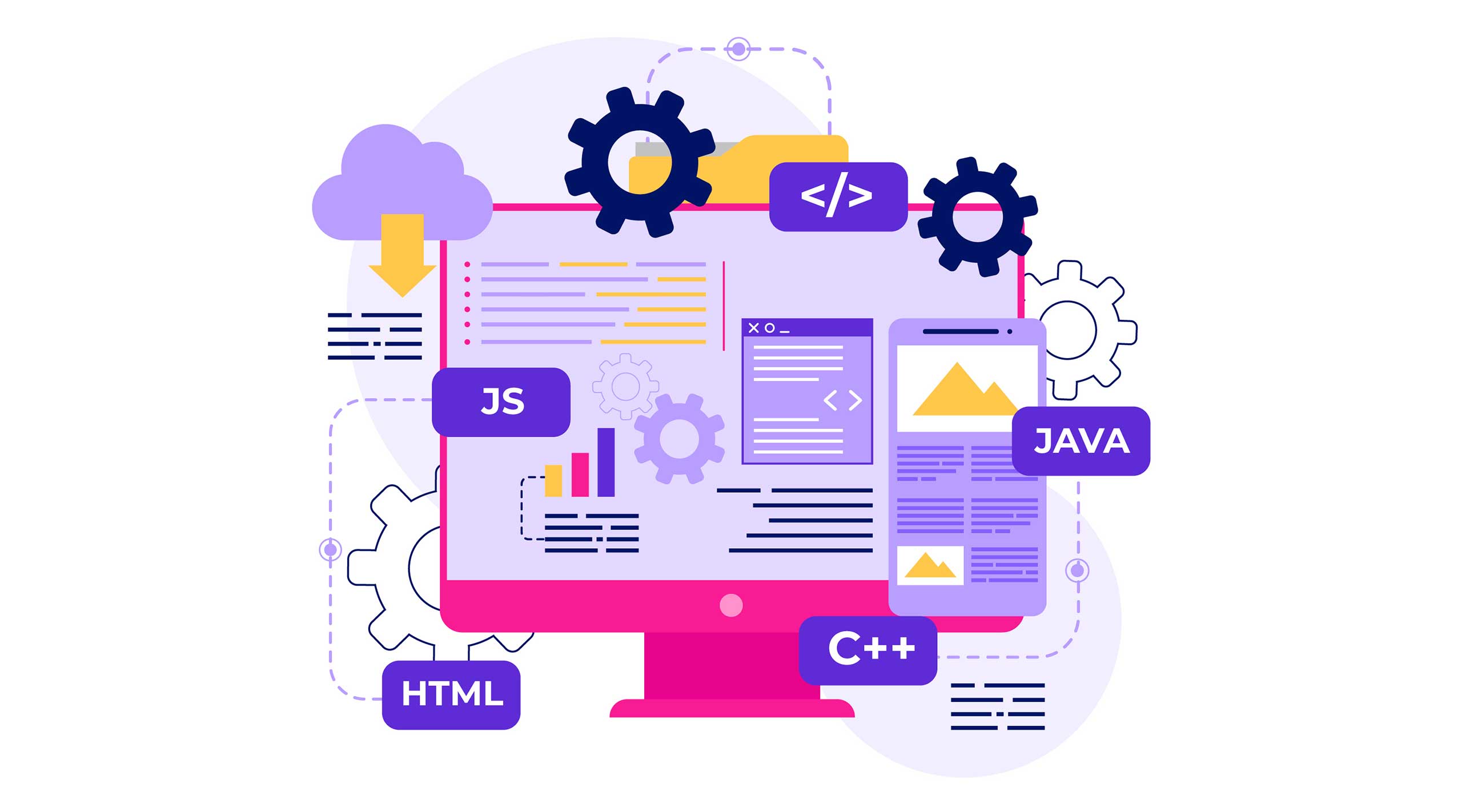Unveiling Code Security: A Comprehensive Guide for Developers
In the ever-evolving landscape of software development, understanding and implementing code security is paramount. This blog serves as a comprehensive guide, unraveling the essential aspects of code security and providing developers with the insights needed to fortify their applications against potential threats.
The Crucial Significance of Code Security
Code security stands as the bedrock of robust software development, encompassing a series of practices and measures aimed at shielding software code from vulnerabilities and malicious threats. Beyond syntax and logic, it extends to safeguarding sensitive data, ensuring application integrity, and building user trust.
The Triad of Code Security: Confidentiality, Integrity, and Availability
1. Confidentiality:
- Preserving Sensitive Data: Confidentiality ensures the protection of sensitive information, employing encryption and access controls to maintain user privacy and meet regulatory compliance.
2. Integrity:
- Ensuring Data Consistency: Integrity measures, including checksums and hashing, prevent unauthorized alterations to data, maintaining the reliability and accuracy of the application.
3. Availability:
- Continuous Accessibility: Availability guarantees uninterrupted access to services. Strategies like redundancy and failover mechanisms ensure reliable access, even during unexpected disruptions.
Navigating Through Common Security Threats
To fortify code against threats, understanding common adversaries is crucial. This blog will explore security threats, including injection attacks, Cross-Site Scripting (XSS), Cross-Site Request Forgery (CSRF), Insecure Direct Object References (IDOR), security misconfigurations, and emerging threats in the evolving digital landscape.
In-Depth Security Focus: IaC, Application Code, and Software Supply Chain
IaC Security: Laying Strong Foundations for the Cloud Era
As cloud development takes center stage, Infrastructure as Code (IaC) becomes pivotal. Explore strategies for IaC Security, ensuring that the foundational elements of applications are resilient in the cloud environment.
Application Code Security: Strengthening the Heart of Your Software
Delve into the intricacies of application code security. Learn best practices for input validation, secure authentication, encryption, and session management to enhance your application’s overall security posture.
Software Supply Chain Security: Safeguarding the Digital Lifeline
In an interconnected digital landscape, securing the software supply chain is paramount. Uncover actionable strategies to safeguard dependencies, regularly update third-party components, and maintain a resilient supply chain, especially in the context of cloud development.
Vulnerability Management: Proactive Defenses for Robust Code
Explore comprehensive vulnerability management strategies to proactively identify, assess, and mitigate potential security risks. Emphasize continuous monitoring and remediation to fortify your code against evolving threats.
Threat Intelligence Integration: Strengthening Code Defenses
Integrate threat intelligence into your security practices, empowering your development team with real-time insights to anticipate and respond effectively to emerging threats.
Security Best Practices for Code Development
Integrate best practices into your code security strategy to enhance online visibility. Elevate your code security with these strategic measures:
- Holistic Vulnerability Mitigation:
- Address vulnerabilities comprehensively, adopting proactive security measures that fortify the codebase against potential threats.
- Strategic Security in Cloud Environments:
- Explore strategies for securing code in cloud environments, addressing unique challenges and capitalizing on best practices for cloud development security.
- Continuous Learning and Adaptation:
- Foster a culture of continuous learning and adaptation, staying abreast of emerging threats and evolving security standards to maintain a proactive approach to code security.
Conclusion:
Empowering Developers in the Security Realm
In conclusion, code security is not just a best practice; it’s a commitment to building resilient, trustworthy software. This blog serves as a starting point for developers to embark on a journey towards understanding and implementing code security best practices. Stay tuned for upcoming articles that will delve deeper into specific facets of code security, offering actionable insights and guidance.


